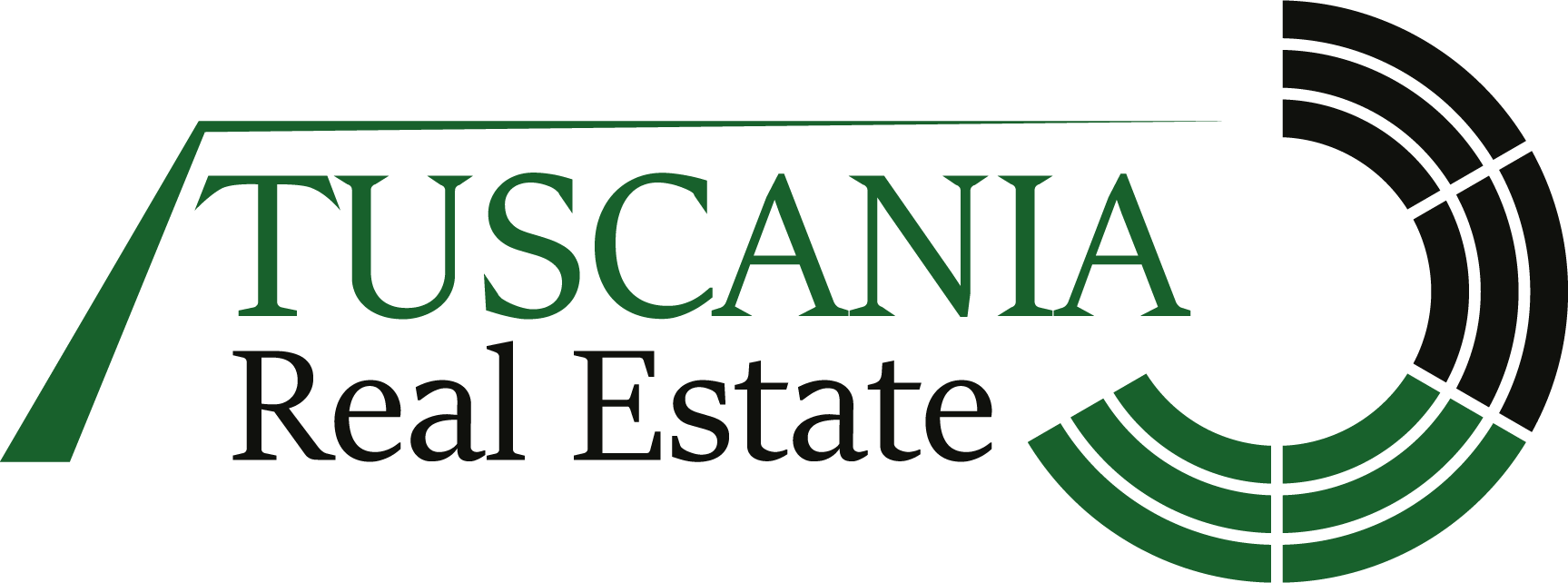Communicating one’s “inner home”
Corporate principles, values and purposes:
the Marketing point of view

Our service platform “Tuscare” is an ecosystem that has in-house professionals with proven experience in various fields related to real estate. Each makes a daily contribution to make sure that people involved in a real estate transaction are accompanied and fulfilled in all their expectations and perspectives.
Today we leave the floor to Andrea Nanni, founder of Eyeblink Web Agency and our partner in what pertains to marketing and communications and who oversaw our recent rebranding.
“I’d like to talk about some aspects that I think are key in the world of communication and that are often, alas, overlooked by practitioners.
Many marketing experts and companies build strategies for their principals from the tool rather than the end. I believe that the activity of communicating cannot be separated, upstream, from the much more important concept of being.
In other words, I believe that effective communication, whether this is carried out by a marketing department or externally, necessarily passes through having understood and internalized the company’s principles and values, the so-called “belief system,” which is different for each business and characterizes it at its core.
The belief system, to summarize, concerns that complex of values and purposes that are peculiar to the subject and at the same time characterize the target market and the niche one is targeting.
Many communications professionals, in my view, err right here, believing the world of real estate agencies to be something homologated and subject to certain preset rules that always apply.
Here, this is a very widespread but myopic perspective: it is precisely in sectors that are highly competitive and in which users struggle to perceive substantial differences between operators that we need to work on what really distinguishes the individual activity, that is, precisely on the belief system.
Space for uniqueness
When I first entered the offices of Tuscania Real Estate I perceived, in the behavior of the professionals, in the air one breathed and in the concrete operation of each gesture or word exchanged, a precise message: professionalism, transparency as well as concreteness and flexibility in dealing with problems.
It is precisely these principles that I have recently begun to turn into words, pictures and videos.
The rest, such as tools, platforms, technical aspects etc., come later, are secondary to the message. Obviously, they must be mastered but, and I say this at the risk of being redundant, the message comes first.
Another aspect sometimes overlooked by “professional communicators” is also … internal communication.
To convey a value message is such an, in a sense, “intimate” activity that it cannot be compared to selling any generalist product.
Conversely, many agencies pose in precisely this way: on the strength of perhaps even good training, they do not listen to the client (“you do it this way because I studied this way, the professional is me etc.“…how many times have I heard this phrase from other professionals, and it will surely resonate familiarly with you reading as well) and the result is something that does not truly represent the company.
And let’s be clear: a message that does not represent the company does not mean “wrong no matter what,” in fact we might even have something stylistically appreciable.
However, communication is not an exercise in style; dissonance between what is communicated and the essence of the company is perceived by users even only on a subconscious level, generating a friction, a distance, and ultimately a loss of attention in a world in which attention is the most important currency (we are in the era of the so-called attention economy: I exist to the extent that someone gives me a few seconds of attention on the various online platforms).
Another key aspect is, once the company is “understood,” it is the ability to put in place a coordinated communication project, involving all platforms (online and offline) and with the ultimate goal of brand recognition.

I wake up in the morning, see a particular color scheme, and the first thing I think of is the brand that has those colors. I wash the dishes and the dishes bumping into each other produce a sound that brings me back to the jingle of another brand. And so on.
Brand recognition cannot do without coordinated action on all levels. And it is another point on which many fall, basing their business by fossilizing on individual platforms, losing sight of “the larger picture.”
Why did I say all this?
Because in addition to being indispensable points and a starting point for effective communication, they are elements that can only be achieved through continuous comparison between business and marketing.
Being part of the Tuscare platform, thus acting in partnership, not only gives me a continuous flow of information (the “content” to be communicated), but also allows me to be always aligned on business directions and goals, contingent and long-term.
As well as, an aspect absolutely not to be overlooked, generating a team spirit that with the normal “supplier-customer” relationship is not established. A type of relationship that, as companies become more and more aware of their message and the world of communication, will become increasingly extinct, with a “natural selection” that will keep only those in the market who work with passion, shared goals and an eye always on results and growth.
Andrea Nanni, founder of
Eyeblink
*Eyeblink is a Web Agency that has been supporting companies, professionals and associations in their communication, brand identity and positioning for over ten years. Works in partnership with national and international clients in various industries and markets.

